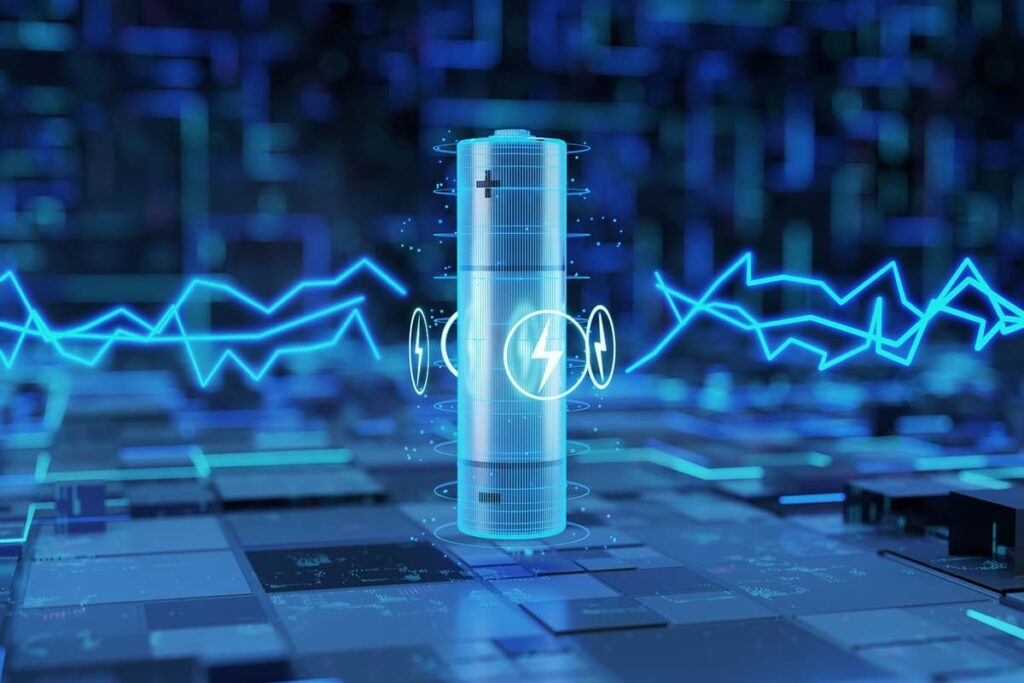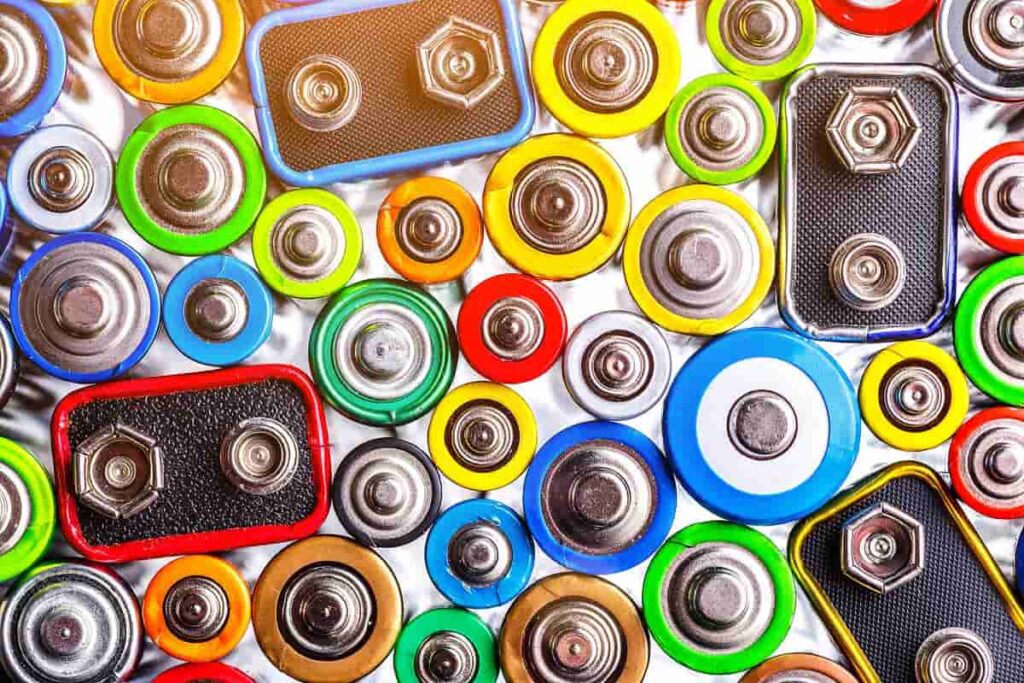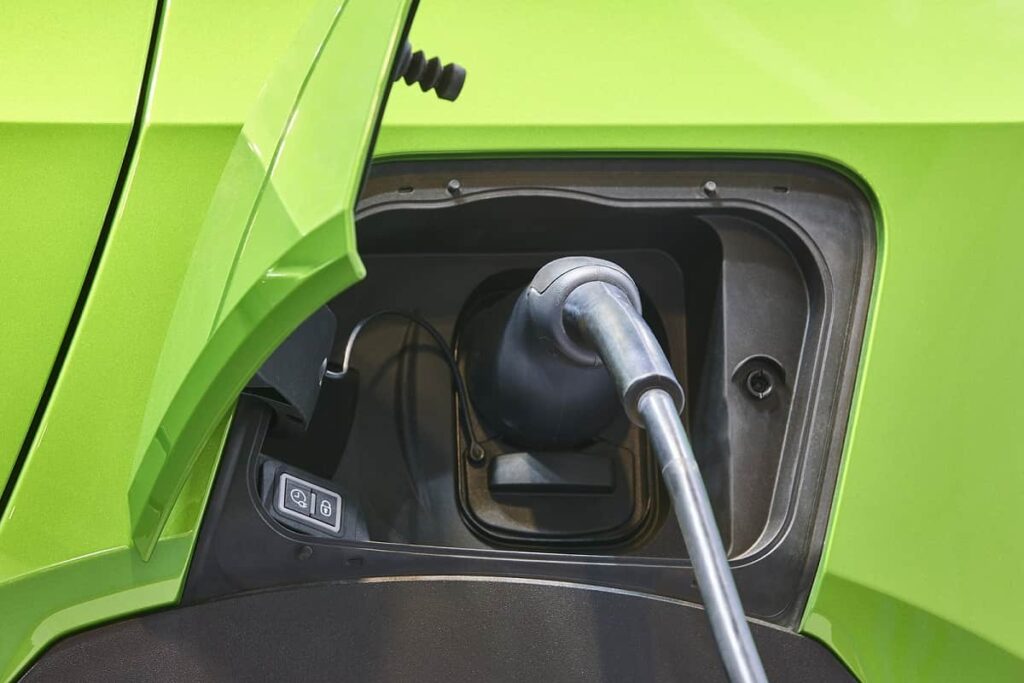Nano Enabled Silicon Anodes from Nexeon
Table of contents

According to Frost & Sullivan, the global lithium-ion market in 2012 was $11.7 billion and that number is expected to double by 2016. A report by Taiyou Research expects that number to cross $30 billion by 2020. Moving forward, expansion is likely to include electric vehicles and stationary storage applications. The below charts break down the change in application segments as a result of this growth:
All this growth will no doubt be accompanied by innovation as companies look to increase the density of lithium-ion batteries as this will make batteries lighter for electric vehicles and increase battery life for consumer devices. Currently, most lithium-ion batteries are used in consumer electronic devices like mobile phones and notebook PCs. A company we profiled before called Amprius is looking to target the consumer application niche with their highly efficient anode made out of silicon nanowires which promise 20% to 40% improvement in lithium-ion battery life. Similar to Amprius, a company called Nexeon is also working on a disruptive anode for the lithium-ion battery market.
About Nexeon
Founded in 2006, United Kingdom-based Nexeon is a private battery materials and licensing company developing silicon anodes for the next generation of lithium-ion battery. Nexeon has taken in $62 million in funding so far from Invesco Perpetual, Wacker Chemie (ETR:WCH), and Imperial Innovations. Nexeon is one of Imperial Innovations’ most advanced assets having invested a total of $36 million so far. Nexeon has a growing patent portfolio of over 40 patent families with a wide territorial coverage and more than 100 grants to date.
What Problem is Nexeon Solving?
Lithium-ion (Li-ion) batteries are a commonly used type of rechargeable battery which contains two key components; an anode and a cathode. The materials used for the anode and cathode can dramatically affect a number of aspects of the battery’s performance, including capacity. While graphite has traditionally been the anode of choice for commercial use, silicon is the optimal material to use for an anode as it absorbs 10x as many lithium ions as graphite does. Why does this matter? Because this absorption can significantly improve the density of lithium-ion batteries, in other words, the battery in your smartphone may be able to provide 30-40% more capacity without changing in size. The reason silicon has not been used commercially for anodes is that when charging a lithium-ion battery with a silicon anode, lithium is inserted into the silicon, causing the silicon to expand up to 400%. This constant expanding and shrinking over charge cycles causes the silicon to fracture rather quickly rendering the battery inoperable.
Nexeon’s Silicon Anode Solution
Nexeon manufactures a material that allows for silicon anodes to be created that are not subjected to the expansion problem seen historically. With their first pilot plant being completed in 2009, Nexeon’s technology has proved to be commercially viable. In December of 2010, Nexeon produced lithium-ion battery cells with the world’s highest capacity for their size at 3.2Ah. In December of 2011, they announced a collaboration with a global tier-one automotive OEM and in June 2012 they signed an NDA with a global consumer electronics company.
Conclusion
Nexeon has designed its technology for easy adoption in existing lithium-ion battery production lines. The graphite used to create the anode can simply be replaced with Nexeon materials as part of the standard battery manufacturing process. Not much information is made available about the exact composition of Nexeon’s anode material except that their patent portfolio mentions “silicon nanowires/fibers coupled to a substrate” and an active material which “comprises silicon or tin inside carbon nanotubes.” In April of this year, Nexeon completed commissioning of their state-of-the-art manufacturing facility capable of producing 20 tons of their silicon anode material per annum. Nexeon seems well positioned to capitalize on the tremendous coming growth of the lithium-ion battery market.
Sign up to our newsletter to get more of our great research delivered straight to your inbox!
Nanalyze Weekly includes useful insights written by our team of underpaid MBAs, research on new disruptive technology stocks flying under the radar, and summaries of our recent research. Always 100% free.

















It seems to me that silicon nanowires is going to become next generation anode material. What about CNTs? Is carbon nanotubes being commercially used as anode and cathode materials for the Li-Ion battery application?